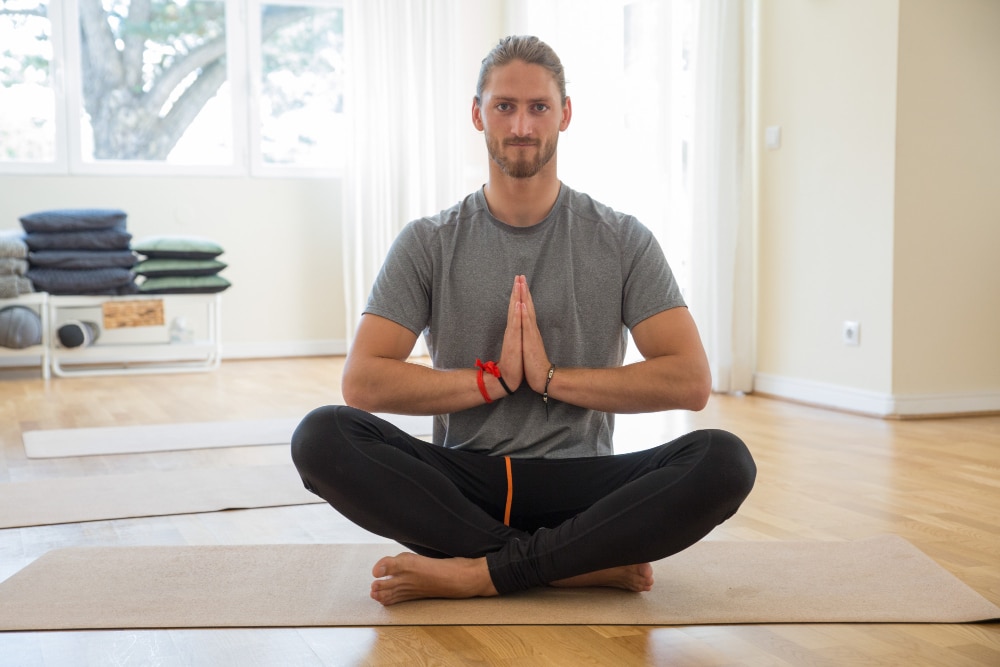Exercising regularly is one of the most important things you can do to keep your diabetes under control. It will not only help your A1C levels drop but also increase your energy and improve your overall health.

Managing Your A1C Levels
The type of activity you do is also important. It’s recommended that people with diabetes get at least 150 minutes a week of moderate-intensity aerobic exercise or 75 minutes a week of high-intensity cardiovascular workouts.
Exercise helps lower blood glucose levels for up to 24 hours after you’ve finished a workout. This is because exercise increases your body’s sensitivity to insulin, which can reduce blood sugar levels even after you stop exercising. This makes it easier to control your blood sugar levels.
Another benefit of exercising regularly is that it can prevent damage to your blood vessels, which can lead to serious health problems such as amputations and blindness. It also helps to decrease your risk for heart disease, as well as high blood pressure and triglycerides.
To understand the role of exercise in managing your A1C levels, continue reading.
Can Exercise Help to Manage A1C Levels?
Yes, people with diabetes or prediabetes can reduce their A1C levels with diet and exercise. A number of studies have shown that people who regularly engage in aerobic and strength training are better able to control their blood glucose. In fact, the Diabetes Aerobic and Resistance Trial found that both types of exercise can lower A1C.
When you’re working out, your body releases more insulin to help your muscles get rid of the sugar. But this is just one part of the puzzle. It’s also important to eat well, drink plenty of water and stay active.
The key to maintaining a healthy A1C is avoiding spikes and drops in your blood sugar that can lead to complications. Steady-state cardio exercises, like jogging and swimming, can help lower your A1C. Stability exercises, including yoga and tai chi, are also beneficial. Learn more about healthy A1C levels in this article by Health Reporter.
How Does Exercise Affect Blood Sugar?
In general, moderate-intensity activity (such as walking or lifting light weights) can promote a drop in blood sugar due to enhanced insulin sensitivity and accelerated glucose consumption by muscle cells. This is especially true if the workout is longer than 20 minutes, such as a hike or long-distance run.
High-intensity, short-duration exercise, such as competitive sports, can also cause a spike in your blood sugar. This is typically triggered by the release of stress hormones, such as adrenaline, during the workout.
The effects of this can last a while and may have to be taken into account when you’re planning your exercise schedule. It’s a good idea to test your blood sugar before, during, and after each exercise session. Regular exercise can significantly lower your blood sugar levels and help you to manage A1C as well.

Benefits of Exercise for Diabetics
Exercise can benefit people with diabetes in many ways. It helps them maintain a healthy weight, lower their blood glucose levels and increase their energy levels. Here are some benefits of exercise for diabetics.
Helps Your Body Use Insulin
If you have diabetes, exercise can help your body use insulin more effectively. This is because exercising makes your muscles more sensitive to insulin, which means that they can more easily use the sugar in your blood for energy. However, it is important to keep in mind that different people respond differently to exercise. So it’s best to try a variety of types of activities to find what suits you.
Burns Extra Body Fat
Taking part in physical activities helps your body burn extra body fat, and it can help you lose weight. It also strengthens muscles and bones, a key factor in preventing diabetes complications.
Strengthens Muscles And Bones
Strengthening muscles and bones is an important part of any exercise routine. It can also help you maintain a normal blood sugar level. When you exercise, your body’s muscles will grow stronger and more sensitive to insulin.
Lowers Blood Pressure
Exercise can help lower your blood pressure. When you get active, your heart pumps more blood with less effort, which reduces the force on the arteries. This makes your blood pressure drop, lowering both the top number, called systolic, and the bottom one called diastolic.
Raises HDL Good Cholesterol
Exercise increases the amount of HDL good cholesterol in your blood, which can help protect against heart disease and other health problems. This is because HDL cholesterol carries excess cholesterol away from your arteries so it can be excreted in the liver instead of building up in artery walls.
Makes Heart Disease And Stroke Less Likely
Exercise makes your heart stronger and healthier, preventing it from weakening and eventually becoming damaged. It also keeps your arteries and other blood vessels flexible, which ensures good blood flow throughout the body and normal blood pressure.

Boosts Energy And Mood
When you exercise, your body releases a bunch of feel-good endorphins, which can give you a boost that lasts for hours. And because exercise stimulates your brain, it can help you learn and focus better.
Great Exercises for People with Diabetes to Lower A1C Levels
Exercise can be helpful for people with diabetes to reduce high blood sugar levels, improve insulin sensitivity and promote weight loss. It also can help lower the risk of heart disease and nerve damage. Here are some great exercises for people with diabetes to lower A1C levels.
- Brisk Walking
- Tai Chi
- Weight Training
- Yoga
- Swimming
- Stationary Bicycling
Exercise Tips for Control A1C Levels
Exercise is one of the most effective ways to help you control your diabetes. It can keep blood sugar levels in a healthy range, improve your body’s overall health and promote weight loss. Here are some exercise tips to help you control A1C levels.
- Make A List Of Fun Activities
- Get Your Doctor’s OK
- Check Your Blood Sugar
- Ease Into It
- Strength Train At Least Twice A Week
Conclusion
When exercise helps your body to use insulin more effectively, thereby controlling blood sugar levels, the most effective way to manage your A1C levels is to combine physical exercise with healthy eating and lifestyle practices. These will help your A1C stay low for years to come and will reduce your risks for other diseases, such as heart disease. The key to getting the most out of your exercise program is to choose activities that you enjoy and stick with them.

